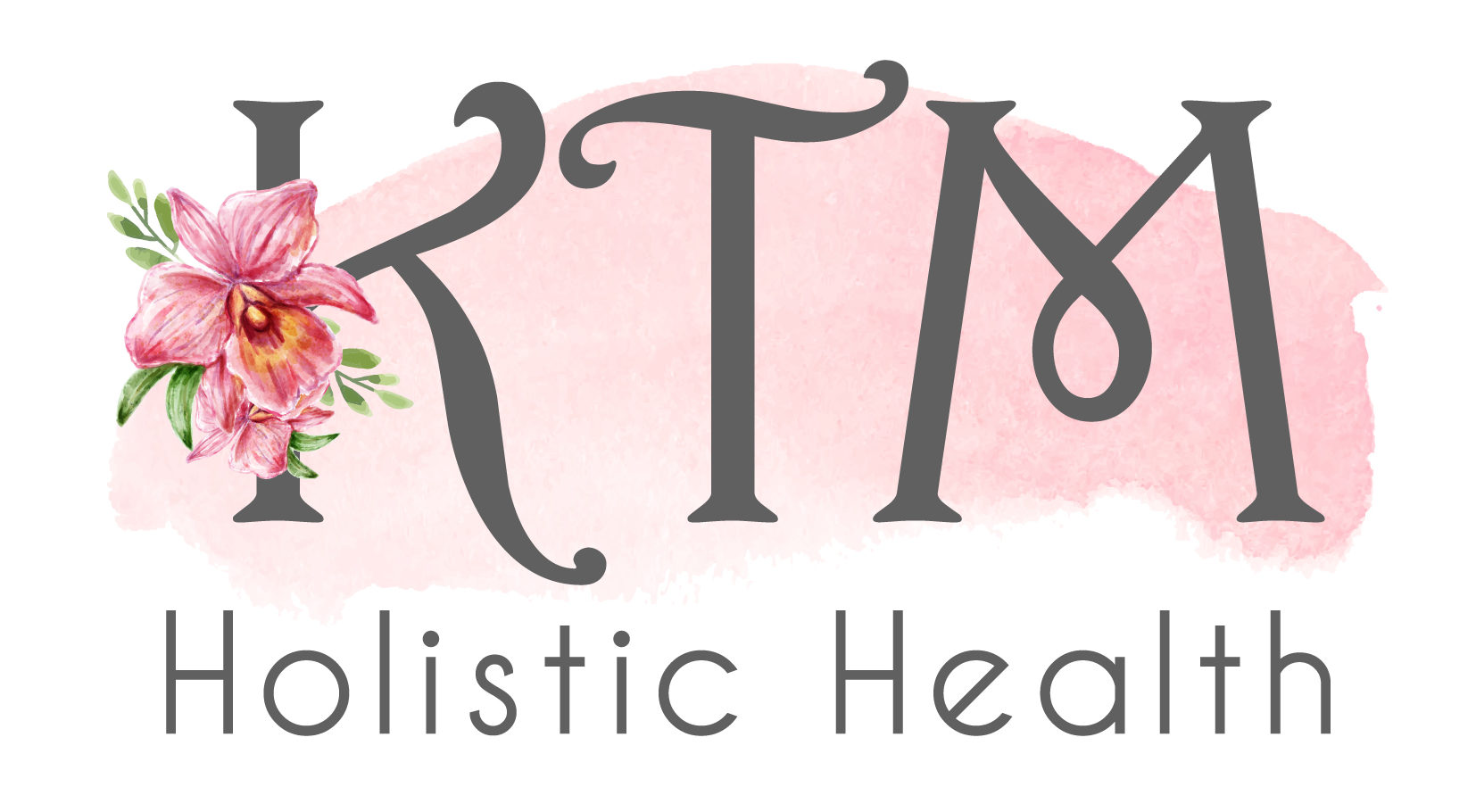HTMA has been a great way for me to get insight into my health. HTMA tests can be a very effective early indicator of imbalances. I decided to check my blood markers and compare the results with my HTMA thyroid ratio, blood sugar ratio, and iron level.
Thyroid Ratio (Ca/P, ideal 4.2)
My HTMA thyroid ratio was 7.73 and showed low thyroid function.
On my blood test, my reverse T3, free T3, total T3, free T4, and TSH results fell in the very low lab ranges. This also points to low thyroid function. If you look further and compare my results to functional ranges which are more ideal, my results clearly fell outside of this range.
The blood tests confirmed and correlated with low thyroid function seen in my HTMA test result.
Blood Sugar Ratio (Ca/Mg, ideal 7)
My HTMA blood sugar ratio was 19 and showed blood sugar dysregulation.
On my blood test, my fasting glucose, Hemoglobin A1C (3 month average), and insulin (early indicator of blood sugar dysregulation) were within both traditional and functional lab ranges.
I had to dig deeper. I used a glucometer to check my levels after various meals and realized I did have a problem when I ate high carbohydrate meals. My blood sugar would spike much higher than it should.
Although my blood lab tests didn’t show any problems, the HTMA mineral pattern clearly revealed a blood sugar dysregulation.
Iron Level (Ideal 2.8)
My iron level on my HTMA was very low at .9.
My blood test included the anemia panel with Ferritin. Since Ferritin measures stored iron, this is an early indicator of low iron. My ferritin level was within lab ranges but definitely on the low end which correlates very well with the HTMA results.
Blood tests provide very helpful information, but when combined with an HTMA, you will get further insight which can help you optimize your health. Learn more about my HTMA package.
VIDEO SCRIPT
Hi, I’m Keiko and I’m holistic health coach at ktmholistichealth.com. Today, I’m going to show you my thyroid ratio, blood sugar ratio, and my iron level on my HTMA and how they correlate with my blood test that I’ve done.
So first I’m going to share with you my HTMA thyroid ratio. So the thyroid ratio is right here. The calcium to potassium. And the ideal is about 4.2 and when you’re higher you’re looking towards lowered thyroid function. So when I took my first HTMA in May it was at 19.33, so it’s a pretty high number and so it really points to lowered thyroid function. In August it improved to 7.73. So it’s trending in the right direction but it’s still lowered function.
And so I went ahead and ran a lab test, a blood test, to kind of see what my blood results would look like. So here’s my thyroid panel. I went ahead and had the reverse T3, free T3, total T3, free T4, and the TSH run. And as you can kind of see it’s in green. So you have the lab range that the lab gives you which is a pretty wide range. And within that I was in the low range but made it within the lab range. But if you look at the functional lab range which is more a ideal level, I actually fall outside of that. And so pretty much, either way, it points to lowered thyroid function which correlates with my HTMA.
So now we’re going to look at the blood sugar ratio which is a calcium, magnesium ratio. Your ideal is going to be about 7 and mine has been at 19 in May and no improvement in August. So this points to blood sugar dysregulation. My lab results, my blood test, like the fasting glucose, the hemoglobin A1C which is the average of three months, and my insulin which is an early indicator, they all actually came back within lab range for the most part but as you can see on the HTMA it’s very elevated and when I started using a glucometer and testing different foods, I did find out that if I eat high carbohydrate meals that my blood sugar would spike very high, above what normal people’s blood sugar should rise. So this is a very nice early indicator that you might have some blood sugar dysregulation. Even when the lab doesn’t catch it.
So here’s my HTMA iron level. In May it was 0.6 and in August it was 0.9. so there was slight improvement but since the ideal is at 2.8 I’m quite below where I’d like to be.
So I wanted to see what my blood test would say or show since … The HTMA is going to show deficiencies sooner than your blood test results will because the blood is more tightly regulated since it’s more critical for your body to maintain a certain level. So one of the earlier indicators within a blood test for the iron is ferritin since this measures the stored iron and this would be one of your earlier indicators in your blood test. So this came up at 54 which is actually within lab range and function lab range which is 50-100. And some say that for women it’s more ideally at about 70 to 90. So this, the ferritin, the stored ferritin is showing slightly lower levels which correlates with my HTMA. And then the other markers came up within range.
While blood tests provide helpful information, combining it with a HTMA can give you more comprehensive insight into your health. If you’d like to learn more about my HTMA services, please visit my website at ktmholistichealth.com. The link will be below. Thank you so much for watching. Have a beautiful day.




